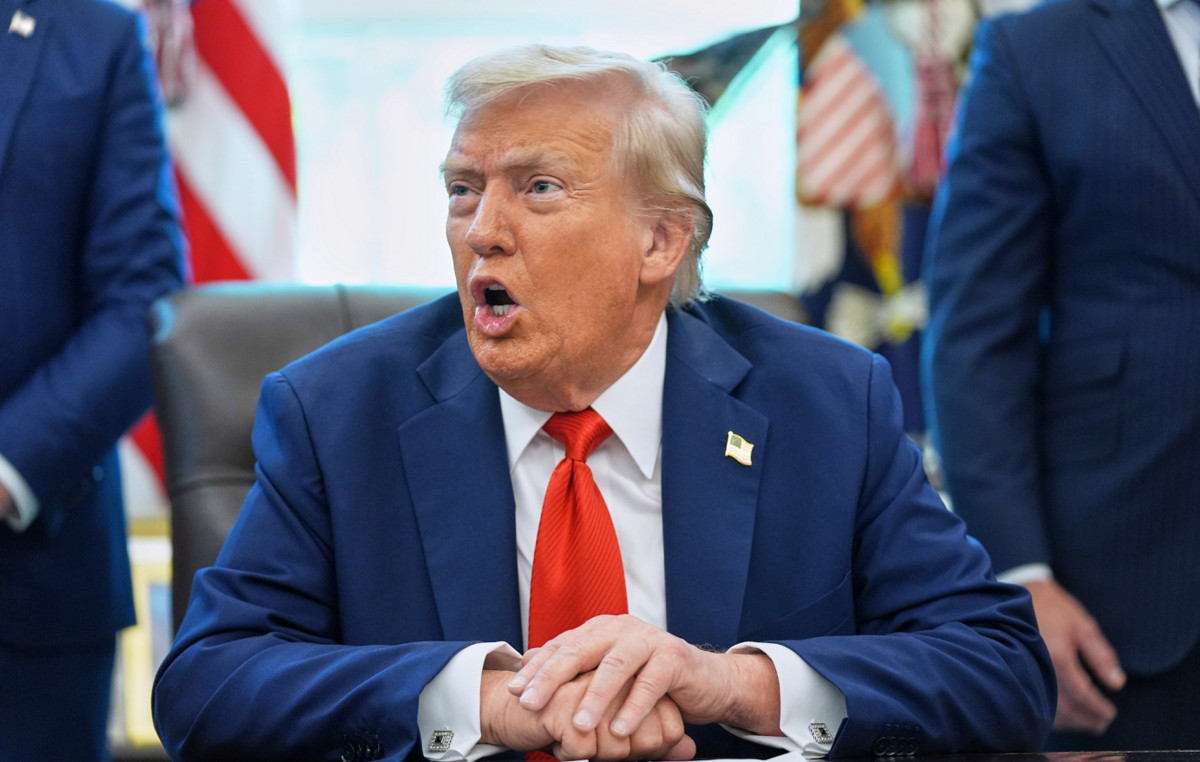The Argentine Electoral Chamber reported this Sunday afternoon (22) that 29.6% of the country’s voters registered their votes. Argentina is holding the first round of elections today to choose a president and part of the representatives of the Chambers of Deputies and Senators.
There are five candidates running for the Casa Rosada: Sergio Massa (Unión por la Patria), Javier Milei (La Libertad Avanza), Patricia Bullrich (Juntos por el Cambio), Juan Schiaretti (Hacemos por Nuestro País) and Myriam Bregman (Frente de Izquierda) .
Bullrich, Milei and Massa, the top three in the voting intention polls, have already appeared at the polls. Milei, candidate for the La Libertad Avanza coalition, voted among a crowd that waited for him at the headquarters of the Universidad Tecnológica Nacional, in Buenos Aires. When voting, she declared her “desire to put Argentina on its feet”.
The current president of the country, Alberto Fernández, voted at the Universidad Católica, in the Puerto Madero neighborhood.
The Argentine Consulate in São Paulo reported in a post on Instagram that it registered a high participation of Argentine voters, without specifying the number. In total, 11,900 Argentines are eligible to vote in São Paulo.
In Brazil, 20.5 thousand Argentine citizens can vote in national elections, making it the third country with the largest number of voters outside of Argentina, behind the United States (90,382) and Spain (152,791).
The voting locations here are in Brasília (DF), Belo Horizonte (MG), Curitiba (PR), Florianópolis (SC), Foz do Iguaçu (PR), Porto Alegre (RS), Recife (PE), Rio de Janeiro ( RJ), Salvador (BA), São Paulo (SP) and Uruguaiana (RS).
In Brasília, 365 voters are qualified to vote at the embassy, of which 70 to 80 people usually vote. This is because, for Argentines living abroad, voting is optional.
In elections marked by increased youth participation, several young people went to the embassy to vote for the first time in their lives. Veteran voters also attended the embassy.
Although voting takes place on paper, the expectation is that the preliminary results will be released quickly. The Argentine embassy in Brazil estimates that by 10pm this Sunday, citizens will know that it will go to the second round, to be held on November 19th.
In Argentine elections, the counting takes place in two phases. In the first, the poll workers at each electoral station count the ballots and send the voting records to the National Electoral Directorate, where the preliminary totalization is carried out. The ballots are then counted manually, with the definitive result being announced within two weeks.
In diplomatic representations, the voting minutes signed by poll workers are sent virtually via an electoral system. In two working days, all electoral material – ballots and original minutes, are sent by diplomatic mail, for the definitive counting of votes.
Voting goes until 6pm.
Voting is mandatory for people over the age of 18 up to the age of 70. But, from the age of 16 and after the age of 70, it is possible to choose whether to vote or not.
How were the primaries?
In Argentina, there are primary elections, which define the candidates who will compete in the general elections — that is, who will compete for the Presidency and other legislative positions.
Coalitions must obtain at least 1.5% of valid votes to advance.
The anarcho-capitalist Milei was the big surprise of the election. He was the only candidate in his coalition and achieved 29.8% of the vote.
Later came Juntos por el Cambio, with 28% — divided between Bullrich (16.81%) and Horacio Rodríguez Larreta (11.19%).
Unión por la Patria received 27.3% of the votes. It included Massa (21.43%) and Juan Grabois (5.85%).
Schiaretti got 3.7% of the vote and Bregman, 2.6%.
What the latest research says
In the AtlasIntel survey released on October 13, Massa appears ahead in voting intentions in the first round, with 30.9%. Milei has 26.5% and Bullrich, 24.4.
Schiaretti reaches 10% and Bregman has 3.2%.
The survey interviewed 5,702 people over the age of 16 via digital means and randomly between October 10th and 13th. The confidence level is 95%, with. The margin of error is plus or minus one percentage point.
*Published by Ana Carolina Nunes, with information from CNN Espanhol and Agência Brasil.
See too –
Source: CNN Brasil
Bruce Belcher is a seasoned author with over 5 years of experience in world news. He writes for online news websites and provides in-depth analysis on the world stock market. Bruce is known for his insightful perspectives and commitment to keeping the public informed.







